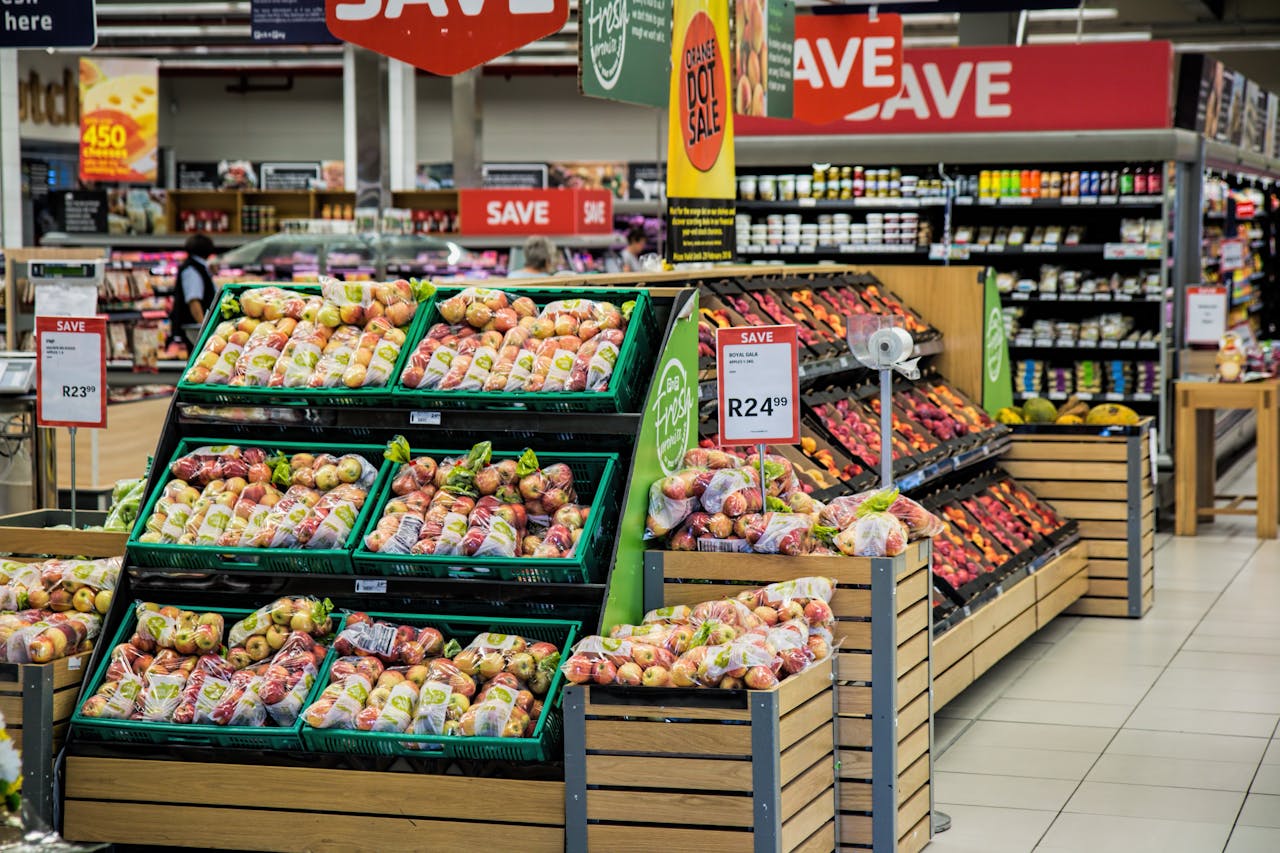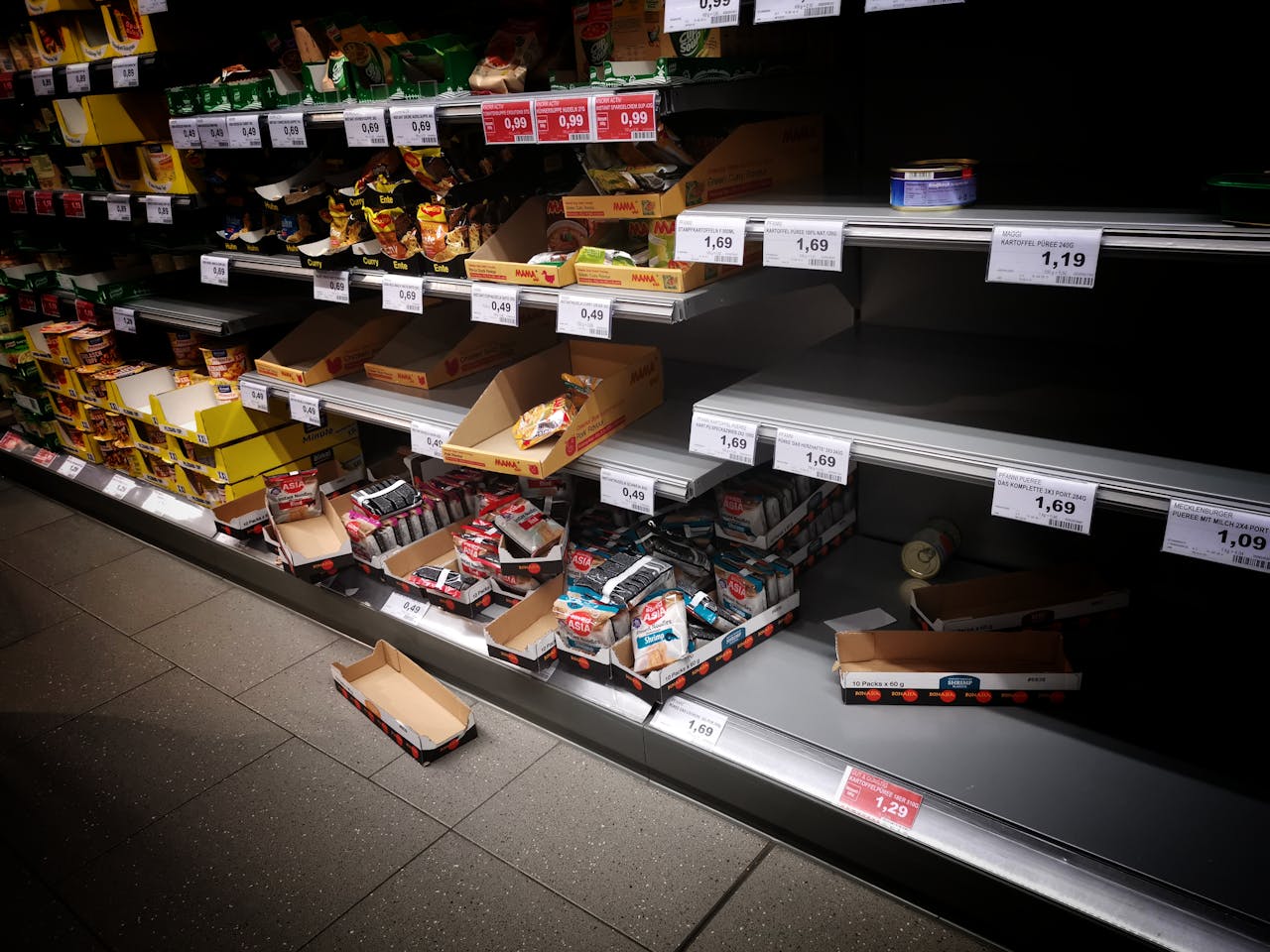The grocery aisle used to be routine. Lately, it feels like a test. Shoppers are weighing store brands against favorites, skipping extras, and counting every dollar at checkout. Anxiety shows up in small choices, a smaller pack of eggs, fewer snacks, more frozen veggies to avoid waste. Behind that tension is a simple question most families are asking: how do we keep the cart full without emptying the budget.
Here’s what the latest survey makes clear. Nearly nine in ten Americans feel stressed by grocery prices, with a majority calling it a major strain. This piece breaks down why prices feel relentless, how food waste makes it worse, and the practical habits households are using to stay afloat. We’ll look at what stores and policymakers can change and what you can do this week.
What Americans Are Saying Right Now

A national AP-NORC poll found that 53 percent of Americans see grocery costs as a major source of stress, while another 33 percent call it a minor one. That’s a near-consensus across age, region, and politics. When people list money worries, food edges out housing, healthcare, and even savings.
Stress changes behavior. Shoppers plan meals more tightly, chase sales, and switch stores based on weekly circulars.
They buy fewer impulse items and more staples that stretch.
The message is blunt: food inflation may have cooled on paper, but day-to-day budgets haven’t caught up. Households are adapting in real time, receipt by receipt.
Why Prices Still Feel High

Supply shocks add up. Severe weather cuts yields, while animal disease outbreaks like avian flu ripple through egg and poultry prices. Transportation and energy costs flow into every shelf tag, from bread to berries.
Tariffs can nudge totals higher.
Yale’s Budget Lab projects food costs could rise about three percent from tariff effects covered by Forbes.
Even when shelves look full, risk gets priced in. Processors and retailers hedge against future volatility, and shoppers feel it at checkout.
The Hidden Cost Of Food Waste

Here’s the thing: the U.S. wastes an estimated 30 to 40 percent of its food supply. That’s money, water, fertilizer, fuel, and labor tossed along with what never gets eaten. Waste raises costs across the system, and consumers pay a share of that inefficiency.
At home, waste often comes from good intentions. Big packs spoil. Produce sits unused. Leftovers get forgotten behind condiments.
Cutting waste is the rare move that protects both wallet and planet.
Retailers face it too, overordering, strict cosmetic standards, and short-dated goods. When they discard inventory, sunk costs don’t vanish; they reappear in prices.
How Households Are Adapting

Families are getting surgical with lists. They build meals around what’s already in the pantry and choose versatile ingredients that work across several dishes. Batch cooking creates leftovers that actually get eaten, not lost.
Shoppers lean on unit pricing.
They compare cents per ounce, not just the sticker.
Sometimes the “sale” isn’t the best value.
More people are trying “ugly” or overstock channels, buying close-dated items they’ll use fast. Others split warehouse hauls with friends so bulk savings don’t become bulk waste.
Smart Moves That Start Paying Off This Week
Freeze smarter: bread, tortillas, berries, and chopped herbs hold up well and cut midweek runs. Keep a “use-first” bin in the fridge so fragile items get cooked next.
Rotate staples. Plan one meatless dinner, anchor soups with beans or lentils, and save proteins for when they star.
A calm formula beats chasing every trend.
Build a fallback meal pasta plus frozen veg, eggs plus rice, so takeout becomes a choice, not a panic spend. Small routines compound into lower bills.
What Stores Are Doing (And Could Do More Of)
Many chains now flag unit prices clearly and expand private labels with steady quality. Overstock and “imperfect” programs push good food back into carts at a discount. Digital coupons and loyalty pricing help, though hoops can frustrate casual shoppers.
There’s room to go further: simpler coupon systems, more family-size produce at fair prices, and clearer date labels to reduce confusion. When retailers and suppliers align on waste reduction, everyone wins.
Policy Levers That Touch The Checkout
Smarter date labeling, standardizing “best by” versus “use by” can keep edible food out of trash bags. Investment in cold-chain resilience reduces spoilage from farm to store. Programs that connect surplus food with communities can shrink waste while easing pressure on budgets.
Trade policy matters too. Tariff decisions ripple through staples and packaging. The closer policy hews to total cost for households, the better the odds of steady receipts.
The Bottom Line For Shoppers
Control what you can: plan, price-check, and store food like it matters, because it does. Focus on waste first; it’s the fastest, most reliable savings lever. Then layer in sales cycles, loyalty offers, and strategic swaps that don’t sacrifice nutrition.
Budgets are personal, but the pattern is shared. The stress is real, the tools are practical, and small changes stack up. Keep receipts for a month and you’ll see it.


